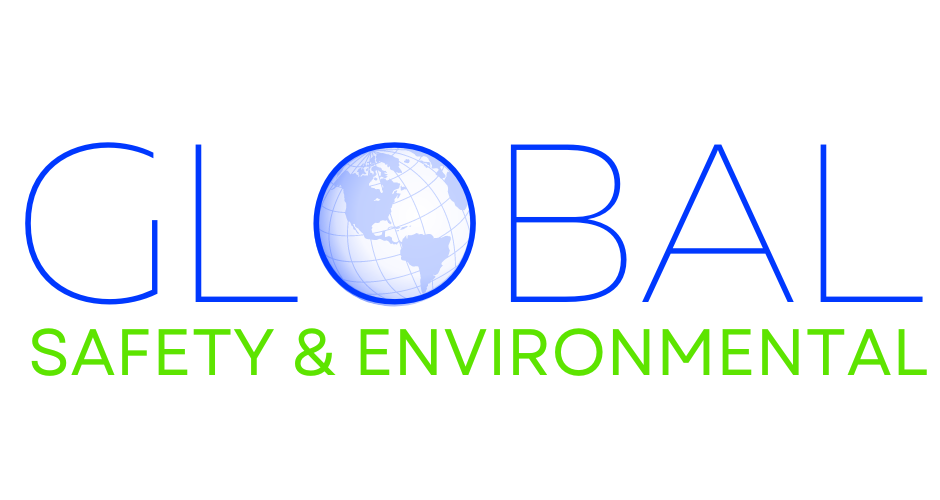Background
 The SEMS was developed in response to the 1990 finding of the National Research Council’s Marine Board that the Bureau’s prescriptive approach to regulating offshore operations had forced industry into a compliance mentality.
The SEMS was developed in response to the 1990 finding of the National Research Council’s Marine Board that the Bureau’s prescriptive approach to regulating offshore operations had forced industry into a compliance mentality.
- In response to the Marine Board findings, the API, in cooperation with the Bureau, developed Recommended Practice 75 – Developmentof a Safety and Environmental Management Program for Outer Continental Shelf Operations and Facilities.
- SEMS is a process for coordinating OCS oil and gas operations that recognizes worker safety and pollution control are largely dependent on proper human behavior.
- BSEE’s Safety and Environmental Management Systems (SEMS) ruling requires that all operators submit performance measure data outlined in the Outer Continental Shelf (OCS) Performance Measures Program
- The SEMS II final Rule enhances the original SEMS rule, also Known as the Workplace Safety Rule, providing greater protection by supplementing operators’ SEMS programs with employee training, empowering field level personnel with safety management decisions and strengthening auditing procedures by requiring them to be completed by independent third parties.
The SEMS is a nontraditional, performance-focused tool for integrating and managing offshore operations. The purpose of SEMS is to enhance the safety of operations by reducing the frequency and severity of accidents.
There are four principal SEMS objectives:
- focus attention on the influences that human error and poor organization have on accidents;
- continuous improvement in the offshore industry’s safety and environmental records;
- encourage the use of performance-based operating practices; and
- collaborate with industry in efforts that promote the public interests of offshore worker safety and environmental protection.
